
How to Skate at Home on Synthetic Ice
On January 5, 2022 by BabilessOne of the greatest inventions that ever made its way into the ice hockey community is synthetic ice. Over the decades, since it first made its way into the spotlight, this dynamic flooring has become more advanced, stronger, and more lightweight so that it can be easily installed in just about any setting that has a flat surface and a solid floor. It is no wonder why so many people have transformed their garages, backyards and even living rooms into ice skating rinks so that they can ice skate and play hockey any time they want.
Table of Contents
ToggleWhere Synthetic Ice Started
Back in the late 1950s and early 1960s ice skating was becoming a big time sport. As the sport continued to grow in popularity, developers and entrepreneurs began to collaborate in hopes to cash in on the up and coming figure skating craze.
The idea was to create a kind of flooring that could mimic ice and allow ice skaters to skate across the surface much like they can on real ice. Although this was a brilliant idea, the possibility of it becoming a reality proved to be very challenging.
Frozen water is not as easy to synthesize as early developers hoped. When ice skates glide across the frozen surface of the water they cause a little bit of the water to heat up and melt. This melted ice, also known as water, acts as a lubricant for the skates to slide across in a smooth manner without halting or catching on anything. As long as the ice flooring was kept below freezing temperatures, the ice made a perfect platform for skaters.
The hard part was creating a flooring that was capable of producing its own lubricant that would offer the same amount of slickness as frozen water. The very first instances of artificial ice were awkward and cumbersome. The only way people could actually skate across the flooring is if there was an added silicone-based gliding agent that caused the floor to be somewhat slick.
After several years of evolution, the kind of synthetic ice flooring that is available today is much more like traditional ice than ever before.
What is Synthetic Ice, Anyway?
The main ingredient of synthetic ice flooring is polymer plastic. As simple as this may sound, there is actually quite a bit that goes into the creation of this kind of product. Polymer plastics are synthetic plastic substances that are engineered on a molecular level. Polymers are tiny molecular chains that are connected together much like the chains of human DNA. When a developer creates a polymer plastic from the ground up, they can add, remove, or modify parts of the molecular structure that make up the chains.
As a result of polymer engineering, developers can create a plastic that is enriched with built-in lubricants and conditioners that activate under pressure or heat. Just as when ice skates create friction across a real ice flooring, ice skates will create friction and heat on polymer plastic flooring. This way a small amount of lubricant will be released upon the surface as the skater glides across it.
Ice Skating at Home
Since the polymer plastics are already made and ready to use, they will not cause any hardships or toxins in your home. You can install synthetic ice panels in your home and skate on them without having to worry about any harmful vapors or other potentially dangerous problems other than poor ice skating skills.
Yes, as you skate across the surface a tiny amount of lubricant will secrete onto the flooring, but it is not toxic or dangerous – as long as you purchase the panels from a trusted source such as Sniper’s Edge Hockey.
Because of the superior engineering of the ice panels, a person can purchase enough synthetic ice to install onto a large area in the home, and actually be ice skating on those panels within a manner of hours. The panels are so lightweight, but so tough they are easily put together and implemented in a way that creates a sound, flat, seamless hockey skating floor.
Steps for Installation
There can be more or less steps for each installation of hockey flooring based on the needs of the home, or area that the panels are going to be installed on. For example, if you want to build your skating rink on a yard outside that is not made of concrete, you will have to lay down some sort of base so that the flooring does not crack and break under the pressure of the ice skates.
Although the flooring is considerably tough, if it is put on something soft such as grass, dirt, or carpet it will not have enough strength to endure the skates on its own. It will need a hard under surface so that the flooring has enough support to withstand the weight of ice skaters on ice skates.
In most cases, laying down plywood as a base will work great.
First Step
The first step, if you have not done so already, is to designate a place where your flooring will be installed. For the best results, install the panels on a flat, hard surface such as a concrete platform, in the garage, or on a back patio. When you settle on the exact place where your floor will be built, it is important to measure out the area so that you know how many panels that you will need to install the flooring.
Next Step
Assuming that you already have a flat, solid place to lay the panels on to build the floor, once you have your panels ready to go be installed you lay one of them out in the center of the area. The reason why you build from the center out is because if you try to build from the outside of the rink inward, if your measurements are even slightly off, you will never be able to fit the last panel into the last place on the flooring.
Start with one panel, then build outwards. Once the panel is flat on the ground, get the panel that will go beside it and carefully connect the tabs together. Once the tabs are interlocked with each other, use a rubber mallet to pound the connections flat to the ground.
Last Steps
As you lay the panels out, and connect them you will find that they are easily assembled and join together at the tabs with a strong grip. It will not take much time at all for you to install a pretty decent sized hockey skating area. When all of the panels are down and attached together, take the rubber mallet and go over the entire area making sure to pound down any areas that are not flat. The goal is to create a seamless flooring area that has no bumps, dips or gaps.
Start Skating
Once you have your flooring area assembled and flat it is time for you to put the skates on and give it a try. If you have never skated on synthetic ice panels before you will notice that there is a slight drag in comparison to real ice. Although the flooring is similar to real ice, there are many differences. When you are new to skating on synthetic ice, just take it slow until you get used to it. Although there is not enough drag to hinder you from being able to skate, the resistance is enough to build a new kind of strength and stamina that will greatly benefit you and your hockey game.
You may also like
Latest Posts
 From Concept to Completion: The Lifecycle of a Civil Construction Project
From Concept to Completion: The Lifecycle of a Civil Construction Project Why Construction Companies Should Consider Specialized Loans: Key Benefits
Why Construction Companies Should Consider Specialized Loans: Key Benefits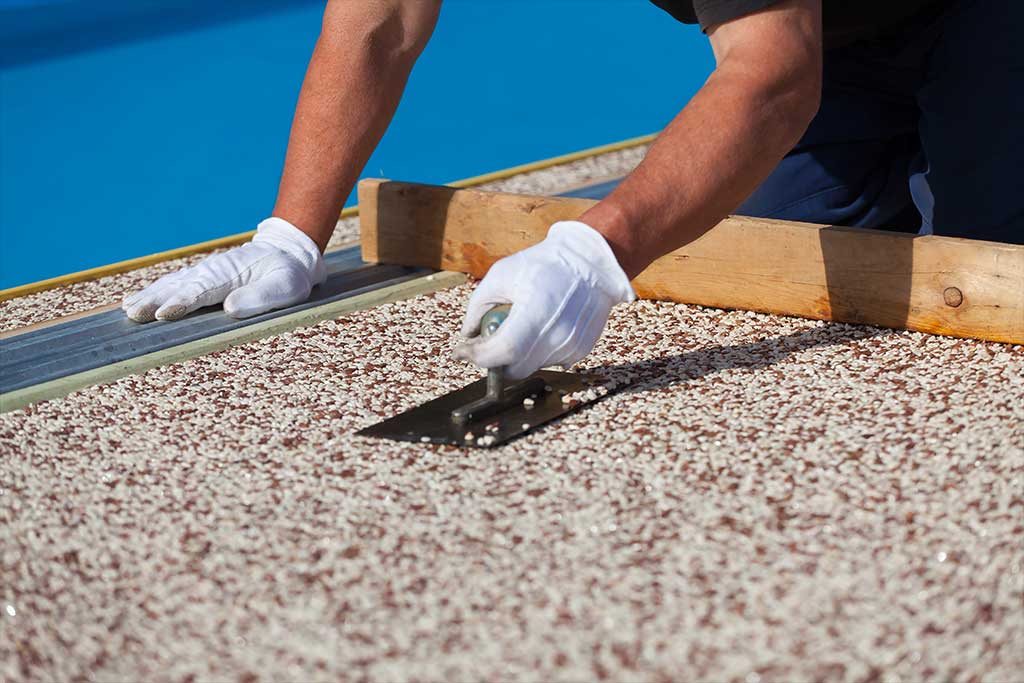 Why Retailers Are Switching to Resin Flooring: Durability Meets Design
Why Retailers Are Switching to Resin Flooring: Durability Meets Design Sustainable and Organic Duvet Cover Sets That Combine Style, Comfort, and Environmental Responsibility
Sustainable and Organic Duvet Cover Sets That Combine Style, Comfort, and Environmental Responsibility Why Your Marketing Needs a Unique Appearance
Why Your Marketing Needs a Unique Appearance Essential Software Categories for Contemporary Business Operations
Essential Software Categories for Contemporary Business Operations The mutual funds landscape in Singapore: the good, the bad, and the ugly
The mutual funds landscape in Singapore: the good, the bad, and the ugly Stock Market Opportunities: 5 Must-Buy Stocks for Today’s Investor
Stock Market Opportunities: 5 Must-Buy Stocks for Today’s Investor Developing Leadership within Your Organization
Developing Leadership within Your Organization 5 Reasons Why you Need to Learn Time Management for your Business
5 Reasons Why you Need to Learn Time Management for your Business Why Supplier Risk Management Solutions are Essential for Business Growth
Why Supplier Risk Management Solutions are Essential for Business Growth The A to Z Of Business Moving Company: How To Choose The Right Option For Your Needs
The A to Z Of Business Moving Company: How To Choose The Right Option For Your Needs 6 Examples Of Financing Online Purchase
6 Examples Of Financing Online Purchase What Are The Common Problems With Washing Machines?
What Are The Common Problems With Washing Machines? Why Hiring an Ivalua Consultant Matters
Why Hiring an Ivalua Consultant Matters Why Your Construction Site Needs Security Guards
Why Your Construction Site Needs Security Guards Basics Of Hong Kong Futures Trading
Basics Of Hong Kong Futures Trading What is a Micro Business?
What is a Micro Business? Important Features Of A Good Business Plan For Success
Important Features Of A Good Business Plan For Success The Top 10 Benefits of Sending a Child to Daycare
The Top 10 Benefits of Sending a Child to Daycare
Popular Posts
 CVD vs HPHT Diamond: Which Lab-Made Diamond Shines Brighter?
CVD vs HPHT Diamond: Which Lab-Made Diamond Shines Brighter? Lab Grown Diamond Wedding Bands: A Modern Twist on Forever
Lab Grown Diamond Wedding Bands: A Modern Twist on Forever The Rise of Lab Created Diamonds in Modern Jewelry
The Rise of Lab Created Diamonds in Modern Jewelry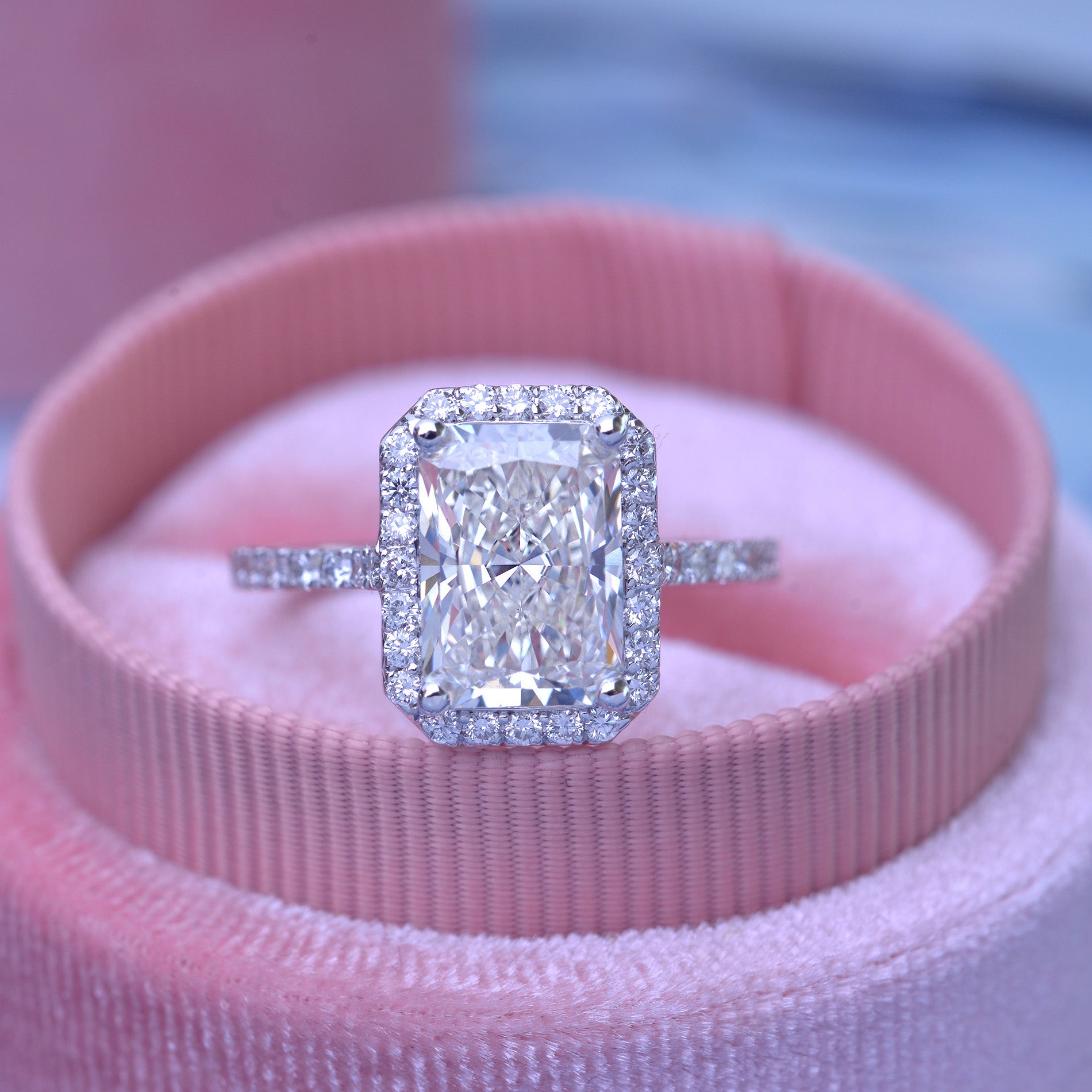 Halo Engagement Rings: Classic Glamour with Lab Grown Diamonds
Halo Engagement Rings: Classic Glamour with Lab Grown Diamonds Ready to Buy Engagement Rings: A Modern Shopper’s Guide to Lab Grown Diamonds
Ready to Buy Engagement Rings: A Modern Shopper’s Guide to Lab Grown Diamonds The Best Skincare Routine for Makeup Lovers
The Best Skincare Routine for Makeup LoversLab Diamond Tennis Bracelet: Elegant Style with Sustainable Lab Diamonds
- How Big Is Your Diamond? Exploring Lab Grown Diamonds
 Lab Grown Diamonds Barcelona: The Future of Sustainable Luxury
Lab Grown Diamonds Barcelona: The Future of Sustainable Luxury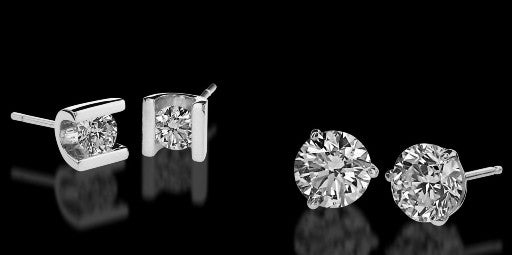 The Beauty and Value of Lab Grown Diamond Studs: A Modern Alternative
The Beauty and Value of Lab Grown Diamond Studs: A Modern Alternative- Discovering the Elegance of Pulsera Riviere and Man-Made Diamonds
 How to Contact Novita Lab Grown Diamonds: Your Guide to Getting in Touch
How to Contact Novita Lab Grown Diamonds: Your Guide to Getting in Touch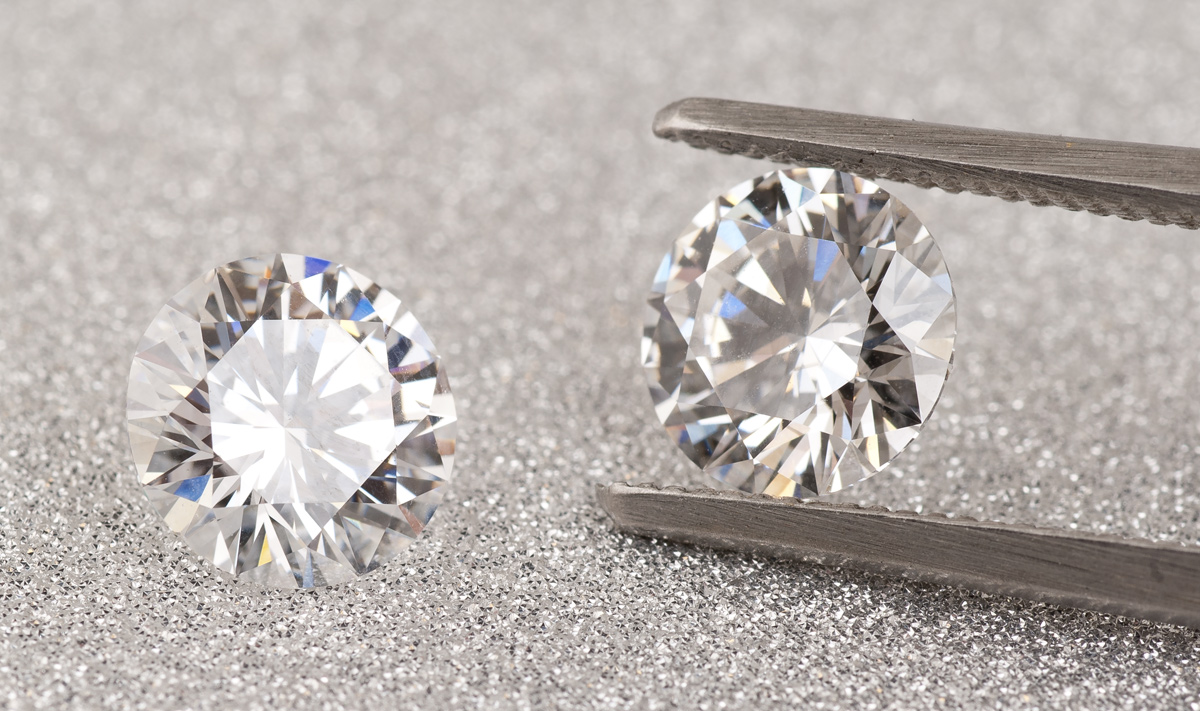 Lab-Created Diamonds in New Zealand: A Brilliant Revolution in the Jewelry Industry
Lab-Created Diamonds in New Zealand: A Brilliant Revolution in the Jewelry Industry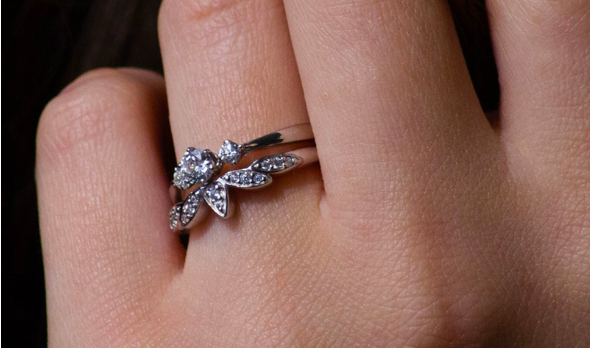 The Best Ways to Measure Your Lab Diamond Ring Size at Home
The Best Ways to Measure Your Lab Diamond Ring Size at Home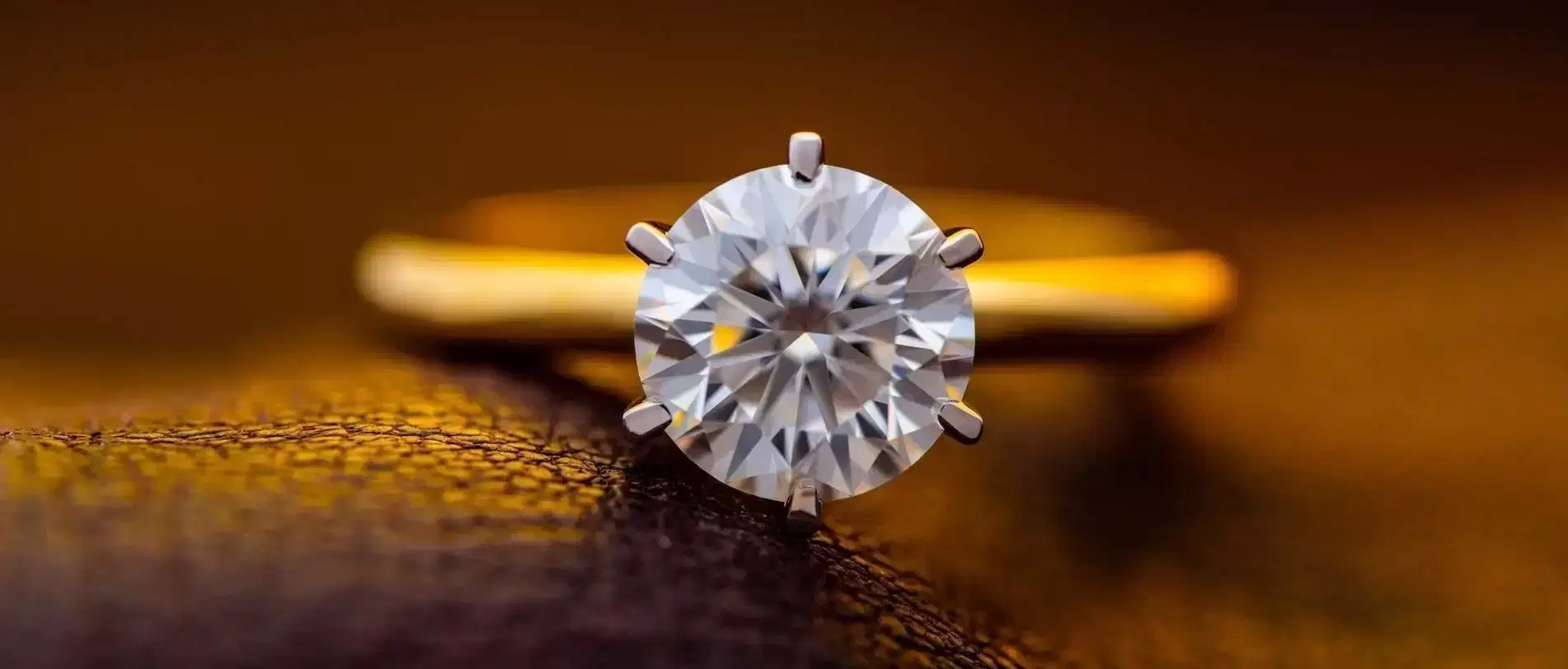 Custom Engagement Rings: A definitive Manual for Lab Diamonds
Custom Engagement Rings: A definitive Manual for Lab Diamonds
Recent Posts
/assets/production/practices/663a47c260d6061a1e19374945ee18fc99d25022/images/2489532.jpg) Unlocking Vitality and Well-being: The Power of Men’s Hormone Optimization – Evan Bass Men’s Clinic
Unlocking Vitality and Well-being: The Power of Men’s Hormone Optimization – Evan Bass Men’s Clinic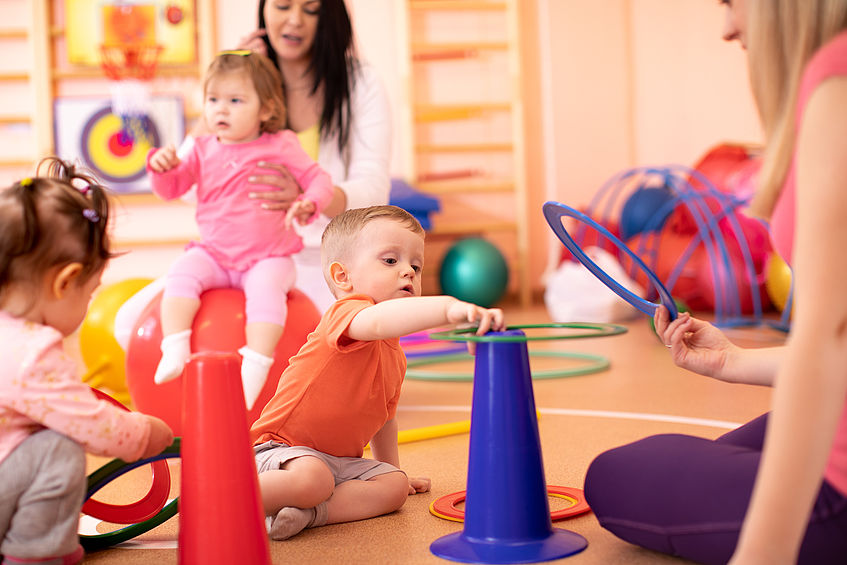 Unleashing the Power of Psychomotricity: Enhancing Development and Well-being – Hind Louali
Unleashing the Power of Psychomotricity: Enhancing Development and Well-being – Hind Louali What Services Can an Emergency Dentist Provide?
What Services Can an Emergency Dentist Provide? Essential Points You Need to Know about Physiotherapy Treatment
Essential Points You Need to Know about Physiotherapy Treatment Endosteal Dental Implants: Are They Good Options?
Endosteal Dental Implants: Are They Good Options? What Is The Best Diet For Acidity Patients?
What Is The Best Diet For Acidity Patients? A Dentist VS. Endodontist, Which One Do You Need?
A Dentist VS. Endodontist, Which One Do You Need? What Should You Know About Dental Implants?
What Should You Know About Dental Implants? HOW CBD Oil IS Best For Illnesses, Uneasiness, Mind Harm, AND Maturing?
HOW CBD Oil IS Best For Illnesses, Uneasiness, Mind Harm, AND Maturing? Things You Need to Know About Best Infant Formula
Things You Need to Know About Best Infant Formula 9 Foods Women Should Avoid For Better Health
9 Foods Women Should Avoid For Better Health Have Beautiful White Teeth and Smile Confidently
Have Beautiful White Teeth and Smile Confidently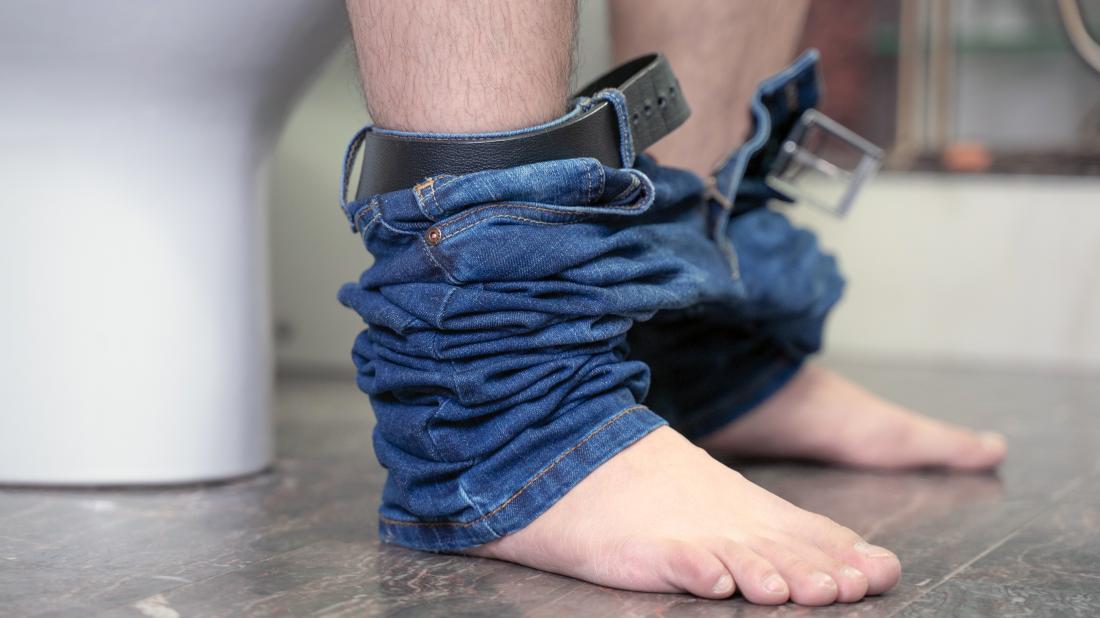 9 Unusual Things That Trigger Diarrhea
9 Unusual Things That Trigger Diarrhea Tips About the Dental Implant
Tips About the Dental Implant 9 Health Benefits Of Eating Lemon Daily
9 Health Benefits Of Eating Lemon Daily STD Test and Symptoms
STD Test and Symptoms Top 10 Damaging Side Effects of Fast Food
Top 10 Damaging Side Effects of Fast Food Difference Between Protein Shakes & Weight Gainer
Difference Between Protein Shakes & Weight Gainer Common Wisdom Teeth Problems
Common Wisdom Teeth Problems CBD Paste: 5 Great Health Benefits of Cannabis
CBD Paste: 5 Great Health Benefits of Cannabis Healthy and Scientific Running Methods
Healthy and Scientific Running Methods Alcohol Abuse in Los Angeles
Alcohol Abuse in Los Angeles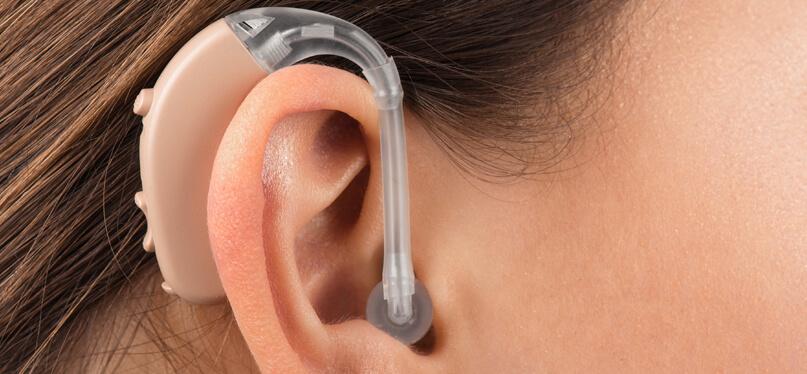 Do Pensioners Get Hearing Aids For Free?
Do Pensioners Get Hearing Aids For Free? What Favorable Circumstances Cause You To Pick Naturopathic Doctor Toronto?
What Favorable Circumstances Cause You To Pick Naturopathic Doctor Toronto?![Health Benefits Of Soaking In A Hot Bath [Infographic] Health Benefits Of Soaking In A Hot Bath [Infographic]](https://hr.umich.edu/sites/default/files/benefits-uhr_0.jpg) Health Benefits Of Soaking In A Hot Bath [Infographic]
Health Benefits Of Soaking In A Hot Bath [Infographic]

